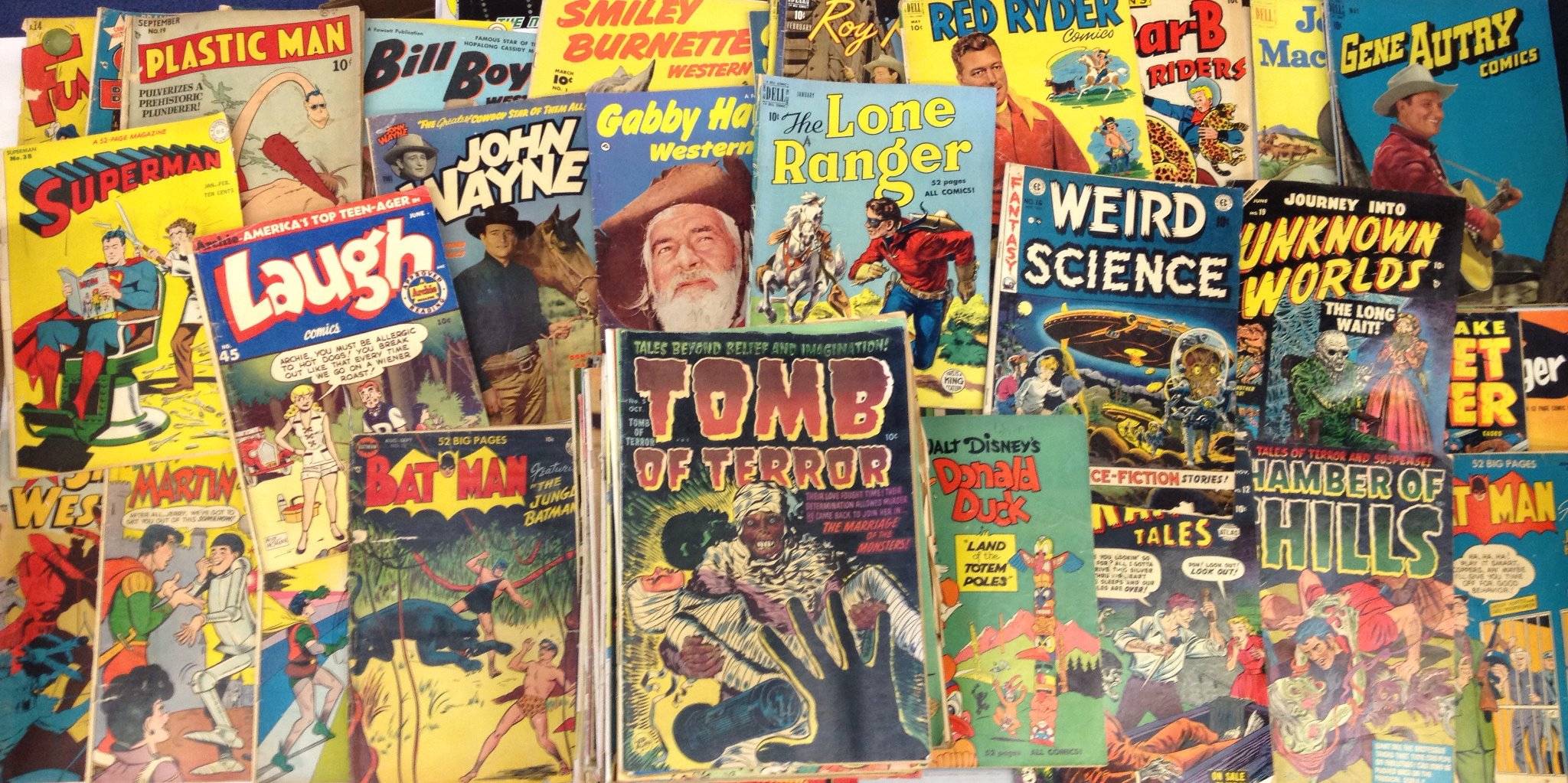3 Things Comic Books Can Teach Us About the Mobile User Experience
Published: December 20, 2012While I don’t read comic books nearly as much as I would like, I do have a special respect for the experience that they provide. For example, while there are countless comic books based on movies (and vice versa), the way those two forms of media are absorbed by users is entirely different. With film, the viewer can essentially just tune in and be fed the content. There is no active pursuit of content or media.
This isn’t necessarily true with comic books. When someone reads a comic book, they have to actually read it, word by word, while simultaneously coupling the text to the imagery, piecing the scene together themselves. The content and story could be exactly the same, but the presentation would be completely different. The change in presentation results in a change in the experience of the viewer.
Reading a comic book is not the same thing as watching a movie, and it certainly doesn’t feel the same. This change in context and experience is a fundamental part of the medium, so it also alters the expectation of the viewer. Users expect comic books to be read like comics, and they don’t expect to have to read entire films.
Like comic book readers, people using mobile devices also expect things to function in ways that are different from other forms of digital media. Using a mobile device puts the user in a certain context that changes the way that they expect to interact with and absorb content.
Here are three things comic books can teach us about the mobile user experience
Even if it’s the same content, it’s absorbed differently.

This Star Wars comic book was actually released before the first film, and was written using only the script, so most of the settings and characters look completely different than the ones in the film.)
Like we saw in the example above (films made into comics and vice versa), the way content is absorbed and approached changes when you change the context.
When you take your content off of a brochure or desktop-oriented web page and place it on a mobile device in the hands of a user, you have to do so in a way that will allow for the change in context. No user on Earth installs an app expecting it to function like an actual brochure. They expect it to function like any other app would, even if it basically contains the same information as its paper alternative. No one picks up a comic book expecting to prop it open and see the story play out for them. They pick up comics expecting to have to read.
User expectations outweigh everything.
If users expect to be able to engage with and absorb content a certain way, there’s no real reason to present it to them in a way that goes against the grain. When you go against users’ expectations in a way that provides no additional value, you are setting yourself (and your content) up to fail.
We always build things for “users”, but it’s important to remember that a “user” is a real person. Your grandmother, son, boss, lawyer and the guy at Burger King are all users. You can’t hand them a piece of paper with a picture of a website on it and expect them to use it like an iPad, just like you can’t force someone to watch a movie that is just a series of pictures with writing on top of them.
Content presentation is king.
One of my favorite things about comic books is the artwork. The illustrations in comic books are among the best I’ve ever seen.

When the Nexus 7 was unveiled, everyone was astounded by the price. Amazon was able to reach this price point by making the device compatible with their massive content library.
Because comic books are so visually engaging, the quality of the presentation is a huge part of the overall experience. Even if you were telling the story of The Empire Strikes Back would be pointless if the accompanying artwork wasn’t as good as the content itself.
Similarly, people love apps that look nice. They’re holding these things in their hands and physically interacting with them, so they expect the applications to engage them back. They expect buttons to give some sort of visual indication that they’ve been pressed and they expect interface elements that they can interact with to indicate as such. No matter how great the quality of the mobile content is, poor presentation will lead to poor reception.
There’s a reason that the words context and content look so similar. It’s because they go hand in hand. Perfect content isn’t perfect unless it works within the context of its presentation. Each one is enormously dependent upon the other to drive user engagement and interaction.
Know of another similarity between comic books (or anything, really) and mobile user experience? Share in the comments!


